As a visible passage of time, millions of waterfowl take to the skies and migrate south every fall to find warmer regions that offer food and protective habitat. Perhaps navigating according to the sun, moon, stars, and geographic landmarks, ducks and geese follow along flyways, or migration maps, until they reach their destinations. North America has four of these vital waterfowl flyways—the Atlantic, Mississippi, Central, and Pacific.

As waterfowl head south, the opportunity and seasons to hunt geese and ducks open up for the 1.3 million active waterfowl hunters in the U.S. These hunters are eager to find the right spots along these migration flyways to fill their bag limits and freezers, especially since, according to the 2024 Waterfowl Breeding Population and Habitat Survey linked above, overall breeding duck population figures rose about 5% from last year in the traditional survey region of southern Canada and the northern U.S.
With the prospect of a great season ahead, we turned to some of our expert waterfowlers and onX Ambassadors to compile preparation tips, recommended ways to use the Hunt App, and a few of their favorite spots and times of the year to set up blinds and start calling in birds.
According to the 2024 Waterfowl Breeding Population and Habitat Survey, breeding duck population figures rose about 5% from last year in the traditional survey region of southern Canada and the northern U.S.
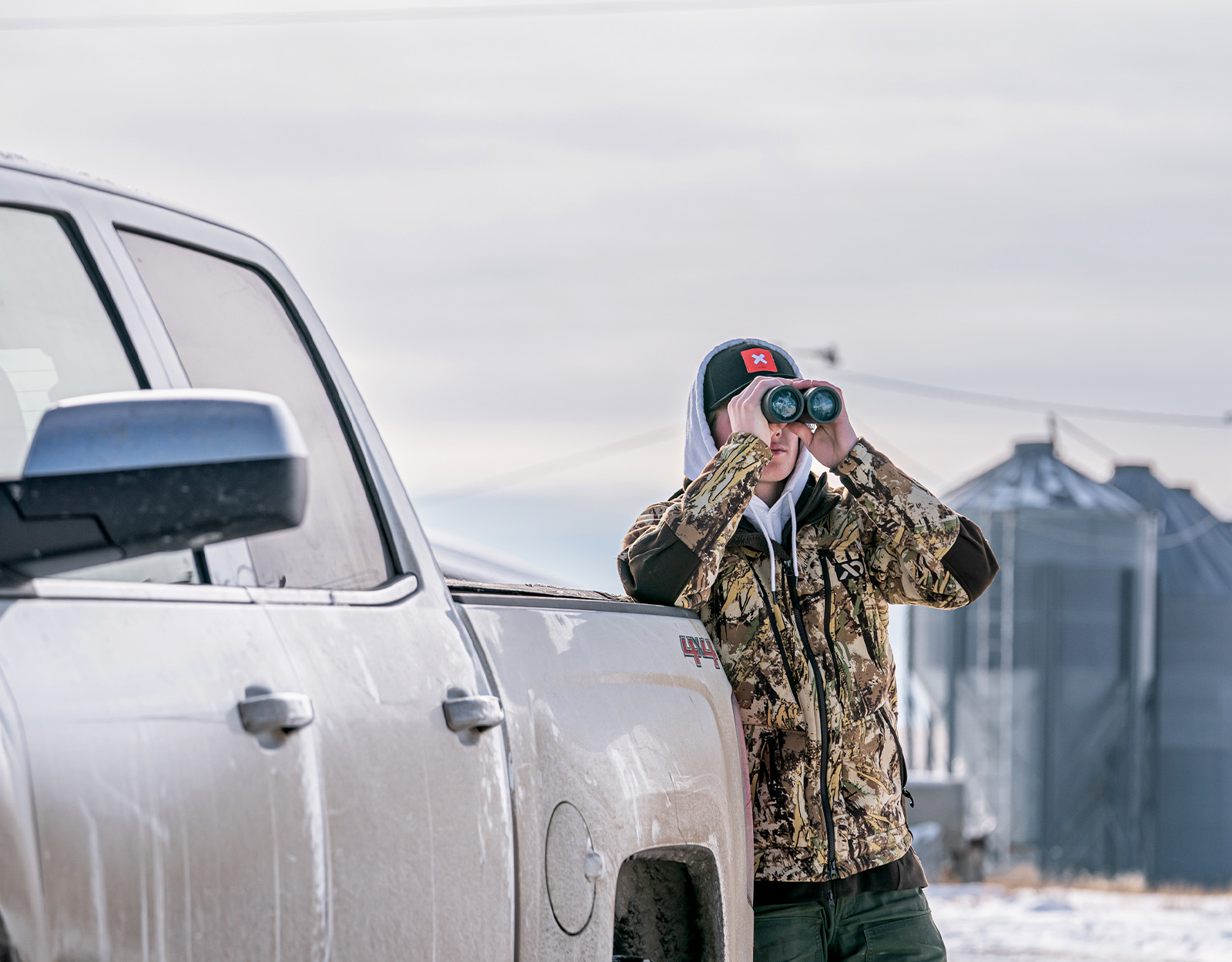
Scouting Ahead for Ducks and Good Spots
A little planning goes a long way, but a lot of planning can take you all the way. While not every successful hunter has to spend weeks of the off-season scouting, some of our Ambassadors certainly put in the time and effort to bring better odds once the shotguns start shooting.
“Scouting is a year-round activity for me. I’m constantly monitoring water levels, vegetation growth, and bird numbers in the marsh,” says Freelance Duck Hunting’s Elliott Snider.
Ducks tend to prefer calm water, such as quiet eddies, backwaters, or the slack water below a sandbar. As a hunter looking for ducks, try to find spots on rivers or lakes with water gauges posted online. Ducks will be on the edges of flooded areas where the freshwater is.
“I’m constantly scouting,” says photographer and duck expert Wade Shoemaker. “Not physically, but always reading river gauges to keep up with the water levels. As for boots on the ground, I’d say the week before season is probably the norm. Feel like there’s too many variables to make an assessment any earlier than that.”
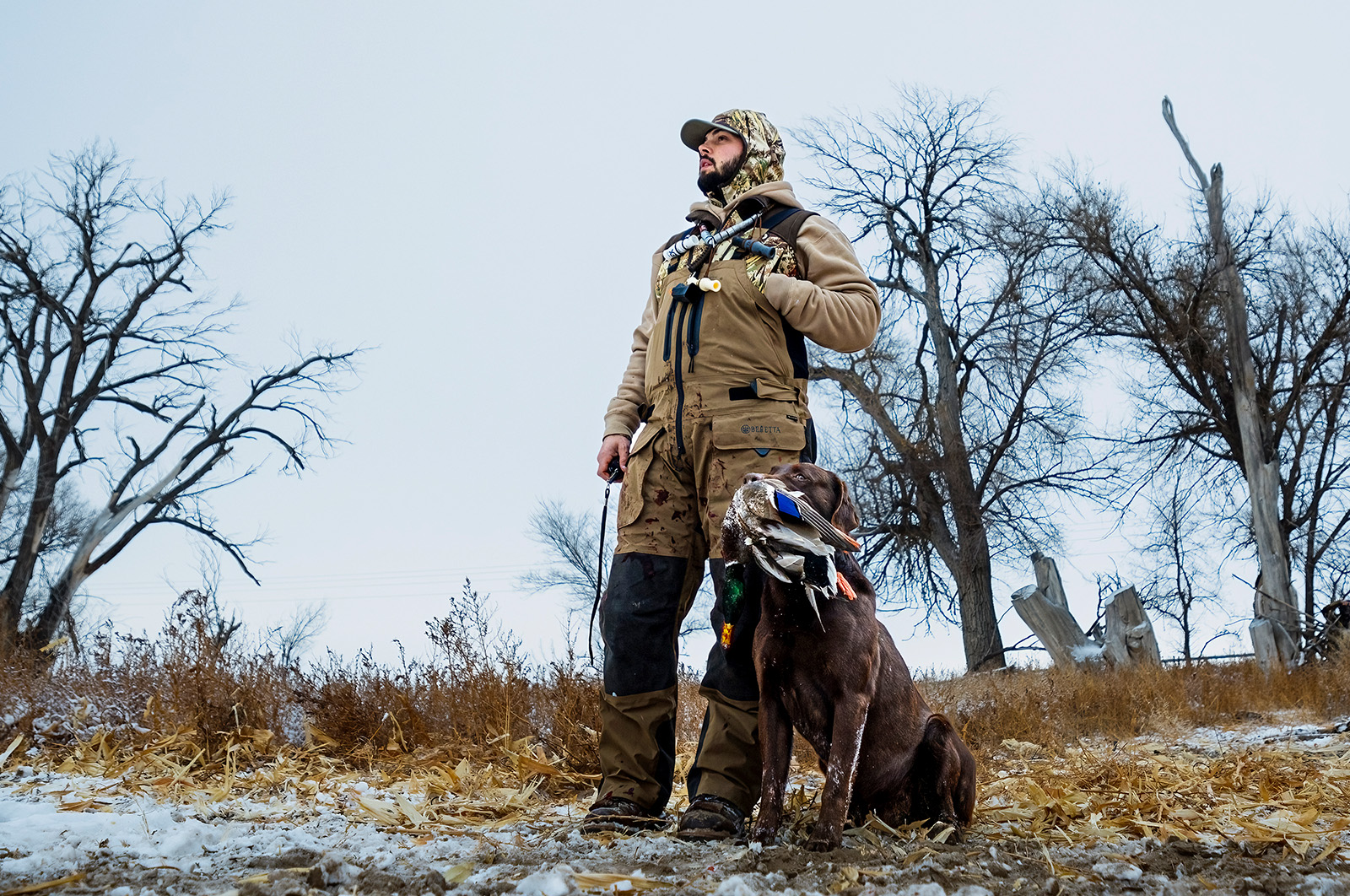
In-Season Scouting and Duck Migration
Just because the season has started doesn’t mean the scouting work gets pushed aside. In-season intel could be some of the most valuable you’ll get all year.
“During the season, scouting is the most important thing you can do to be successful hunting birds,” says Midwest Flyways’ Cal Ness. “At home, checking out local hunting grounds is nearly an everyday activity. Some days you’re scouting for hours and some days it’s simply taking a longer route home and putting your eyes on fields and water that you think could be holding birds or that you might want to hunt. On trips, our time is almost entirely consumed with scouting if we’re not hunting.”
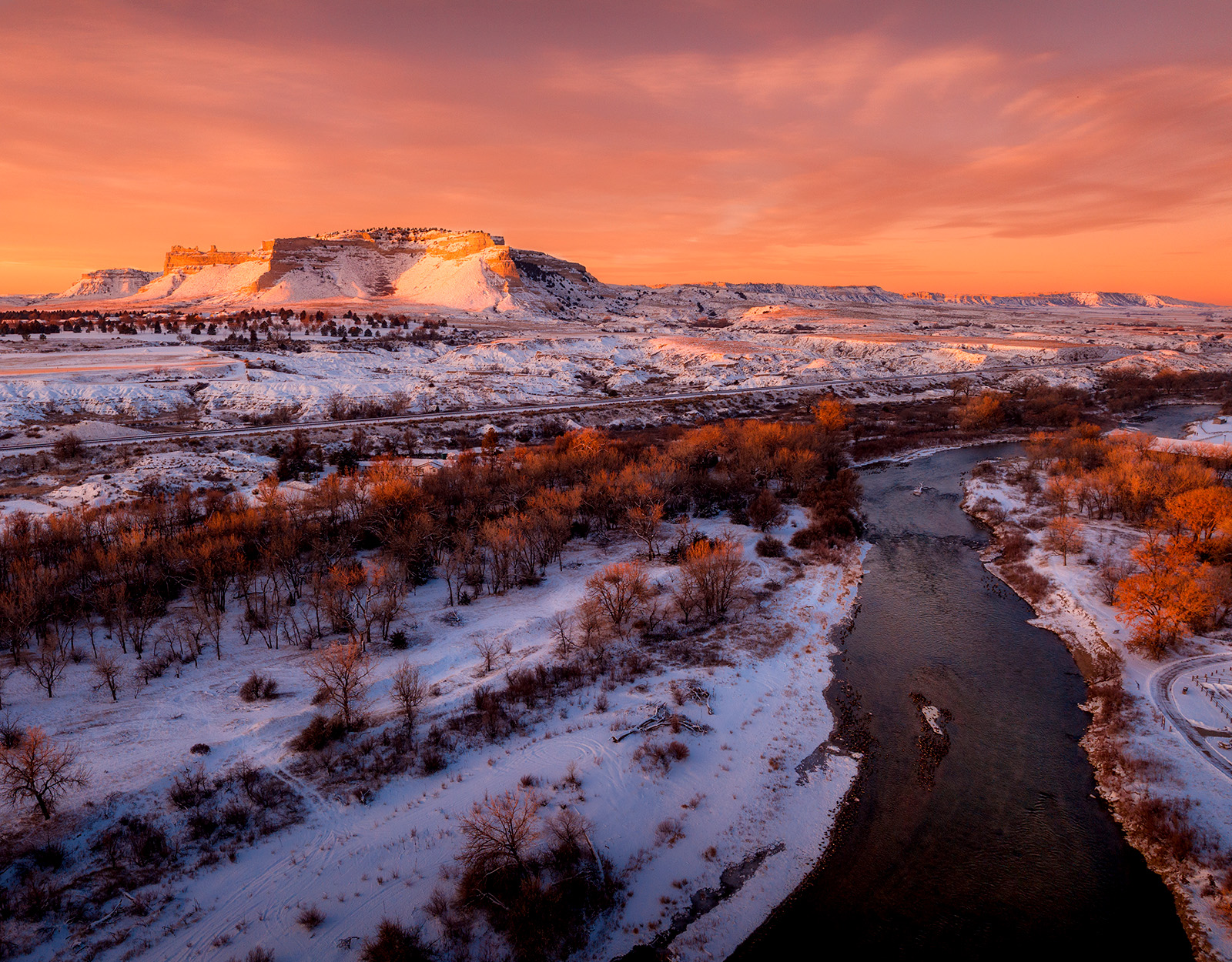
“I don’t do a ton of preseason scouting,” says Fromer, “because so much can change once the season starts.
This year, spending time during the season scouting for ducks might put you on waterfowl where you haven’t seen them before simply because it’s expected this season will yield more ducks in general. Biologists say that this year’s figure of 34 million breeding ducks marks the first increase in surveyed breeding ducks since 2015. That’s good news.
When asked about his in-season scouting plan, Shoemaker answers: “All depends on the birds. If the birds are thick, we can hunt more than scout. If the birds are scattered or slim we scout more than we hunt.
“Sometimes hunts are treated like scouts. We will end it early if the hunt is slow and go look or we’ll make an assessment on where to go based on where the birds are flying, which direction, and how high they are. If you know the area well enough you can usually make a solid educated guess.”
Our friend, Jordan Fromer of Duck Gun Chronicles, prefers to wait until the season starts to scout, unless he’s looking for one specific thing: permission.
“I don’t do a ton of preseason scouting,” says Fromer, “because so much can change once the season starts. I end up scouting a lot more during the season than before. However, one thing I do focus on before the season is knocking on doors to get permission.”
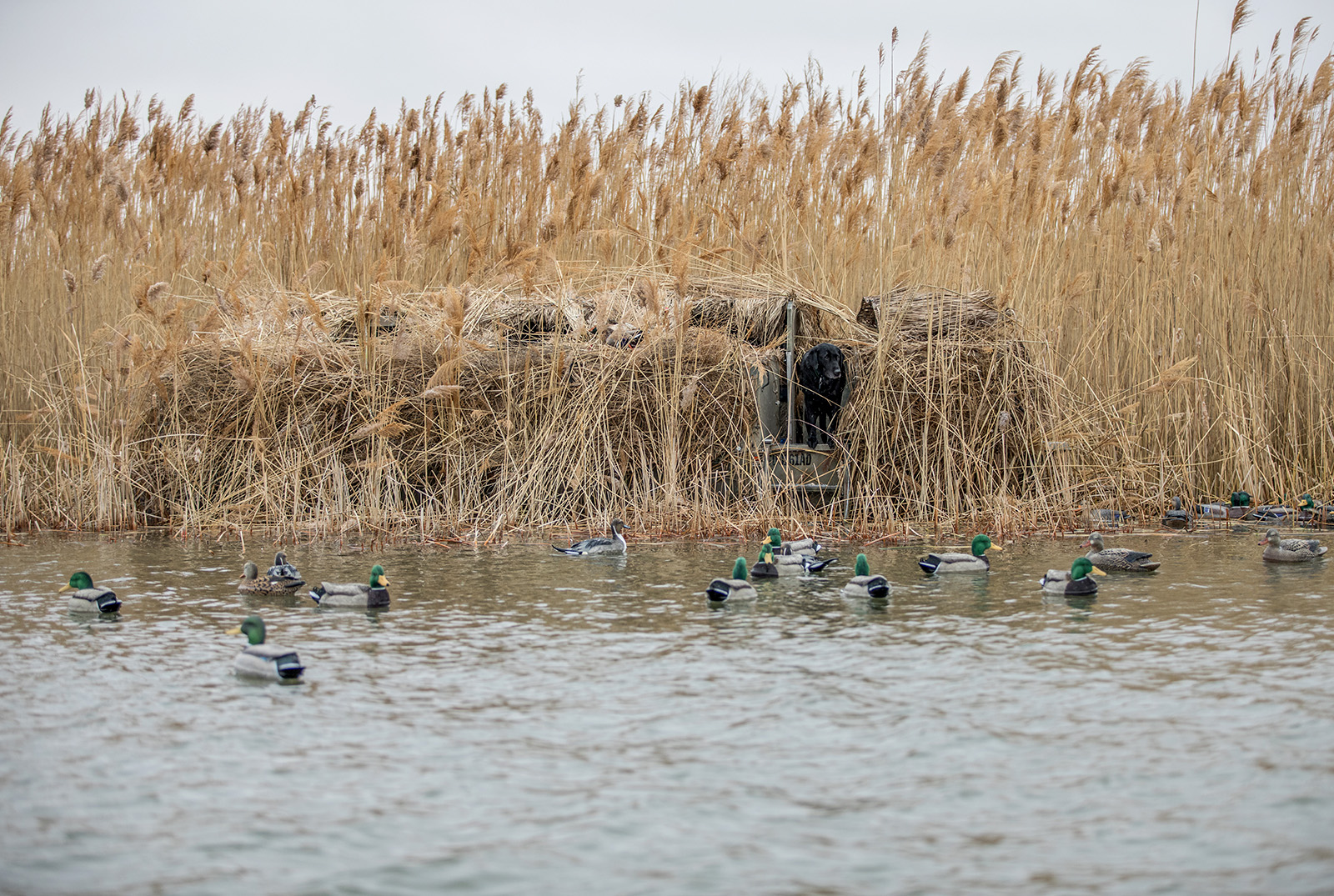
Favorite Duck Hunting Set-Ups
Most experienced waterfowlers have their favorite spots to post up, whether it’s flooded timber, flooded crops, dry fields, back eddies, marshlands, or a small pond. We dug a little deeper and asked our Ambassadors to share some of the lands they target every season.
“My favorite hunt locations setups are prairie marshes, moist soil marshes, and small shallow water sloughs,” says Snider.
“I really enjoy the wild aspect of getting out into big public marshes—the more isolated, the better,” says Fromer.
“Flooded timber mallards have never not been my favorite,” says Shoemaker. “Usually muddy, sloppy snow if I’m being honest.”
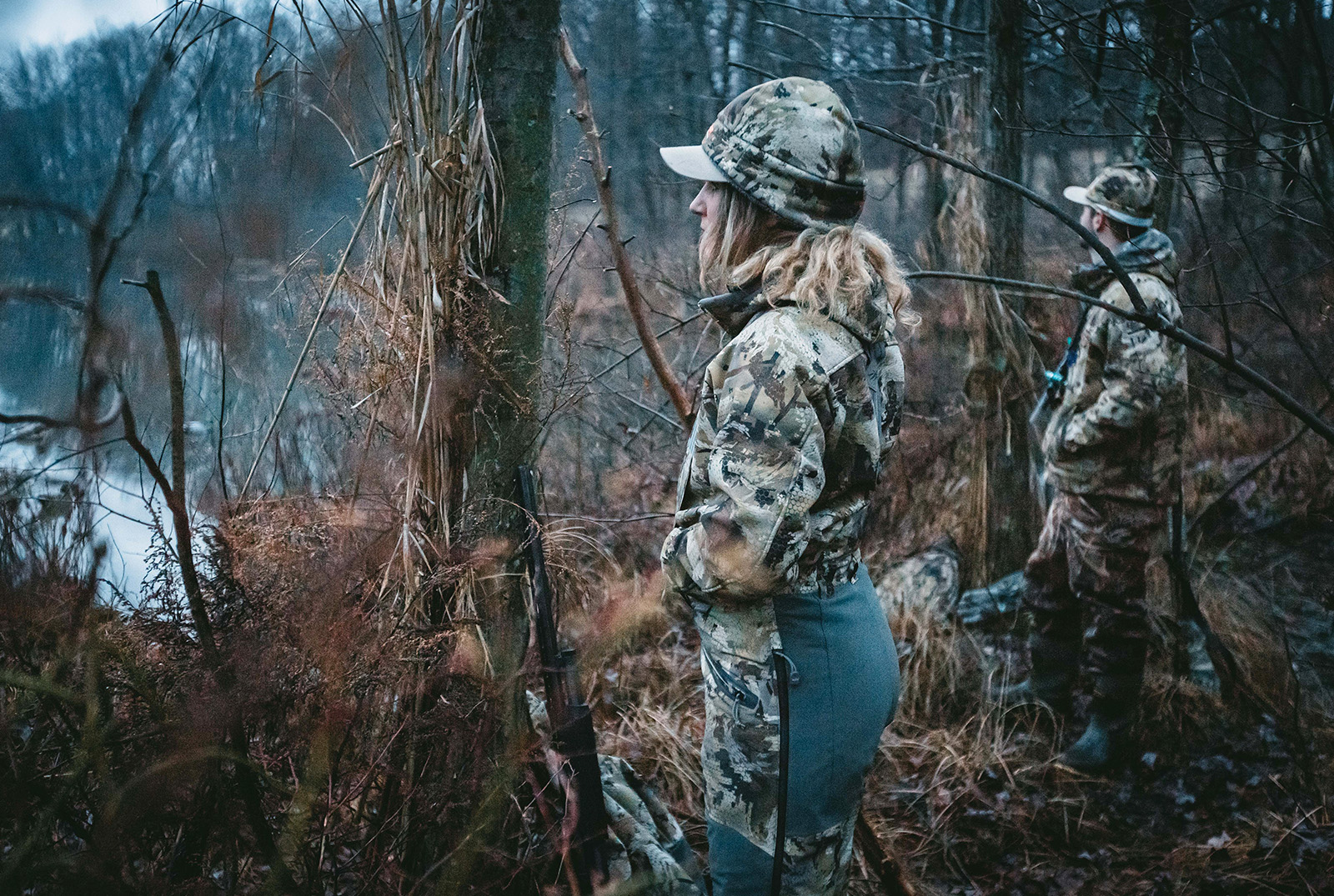
“Flooded timber mallards have never not been my favorite,” says Shoemaker. “Usually muddy, sloppy snow if I’m being honest.”
Best Weather for Hunting Ducks?
We might have scouted the best spots along the nearest waterfowl flyway, and we might have built up a blind overlooking our favorite prairie marsh, but ever-changing winter weather will want to have its say. Here we asked about the conditions that will make these duck hunters call in sick to work.
Hint: the chillier the better.
“Clear skies and a SW wind right after a big cold front,” says Rolling Thunder Game Calls’ Spence Halford.
“In Minnesota, we get pretty jazzed up about a solid, consistent NW wind,” says Ness. “Usually it means migrating birds could or will be on the way.”
“When ducks have become stale during a prolonged warm period, and a massive cold front is on the way, I’ll be in the blind the first three days after the front hits,” says Snider.
The Best Times To Hunt Ducks on the Flyway
Now we get to the good stuff—knowing when the birds are likely to come in and it’s time to post up and get those calls callin’.
“In Arkansas, the first week or two of December are my favorite because the leaves are still on the trees and ducks are hunting up the call harder than when they can see everything later in the season and are ‘looking’ for the spread,” says Halford. “In Tennessee, the last week of January is always my favorite because it seems like late season ducks love to be around the Mississippi River. Usually that’s the coldest temps, and extreme temps always make them extra vulnerable to food sources like corn.”
“The third week of January,” says Snider. “The reverse migration is in full swing, and this is when we consistently see the largest groups of mallards. It’s the perfect time to be in the field.”
“This is a tough one,” says Fromer. “I really enjoy all aspects of waterfowl season, from early geese and teal to the opener and even the later parts of the season. But if I had to pick just one, I’d go with the migration during Thanksgiving week.”
“I’m not sure if I could just pick one week but if I had to,” says Shoemaker, “ it would be the second week of January. I love late season birds and the idea of getting that next push. The other factor would be having more time to let water get in the woods.”
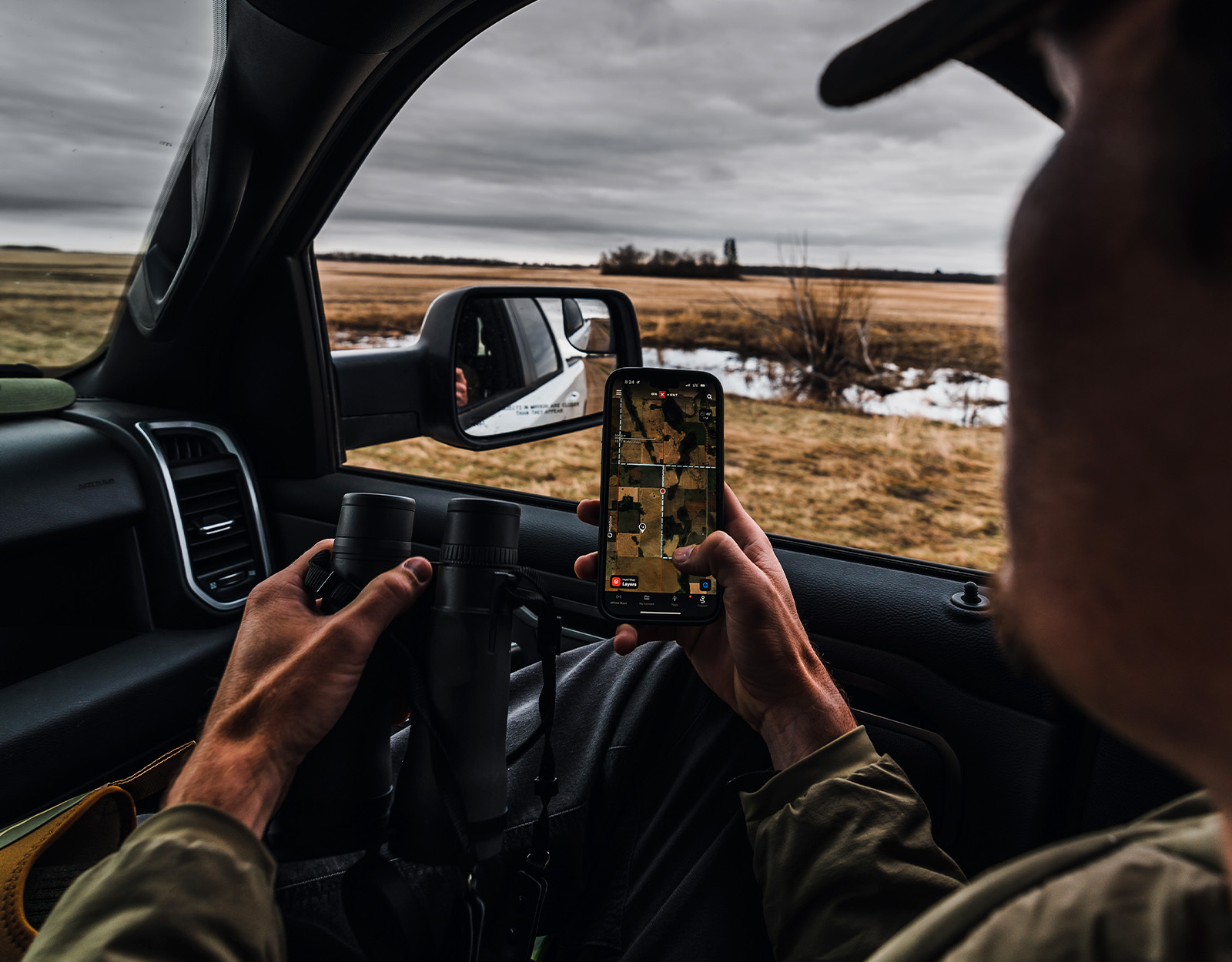
“In Arkansas, the first week or two of December are my favorite because the leaves are still on the trees and ducks are hunting up the call harder than when they can see everything later in the season and are ‘looking’ for the spread,” says Halford.
Get the Most Out of onX Hunt for Duck Hunting
You know where. You know when. Now know how to fine-tune the onX Hunt App to make it your second-best hunting companion (next to your dog, of course), whether scouting and hunting or managing land for landing ducks.
“I use the Area Shape tool a lot to calculate how many acres I’m trying to flood at the farm,” says Halford, “and to calculate how long it will take my well.”
“Landowner information is truly the most valuable part of onX for me,” says Ness. “I also use Waypoint Radius on every hunt to make sure I know how close I am to roads, houses, or other fields.”
“If you’re freelancing in a place like Nodak,” says Fromer, “having the tax address info to knock on doors and get permission is invaluable. On the other hand, if you’re hunting public land, Recent Imagery is incredibly helpful for identifying which holes are holding water.”
“Being able to download maps is invaluable and will always be at the top of my list,” says Shoemaker. “Optimal Wind has been a favorite of mine as of late. The rangefinder tool for those low water year walks has been a HUGE help as well.”
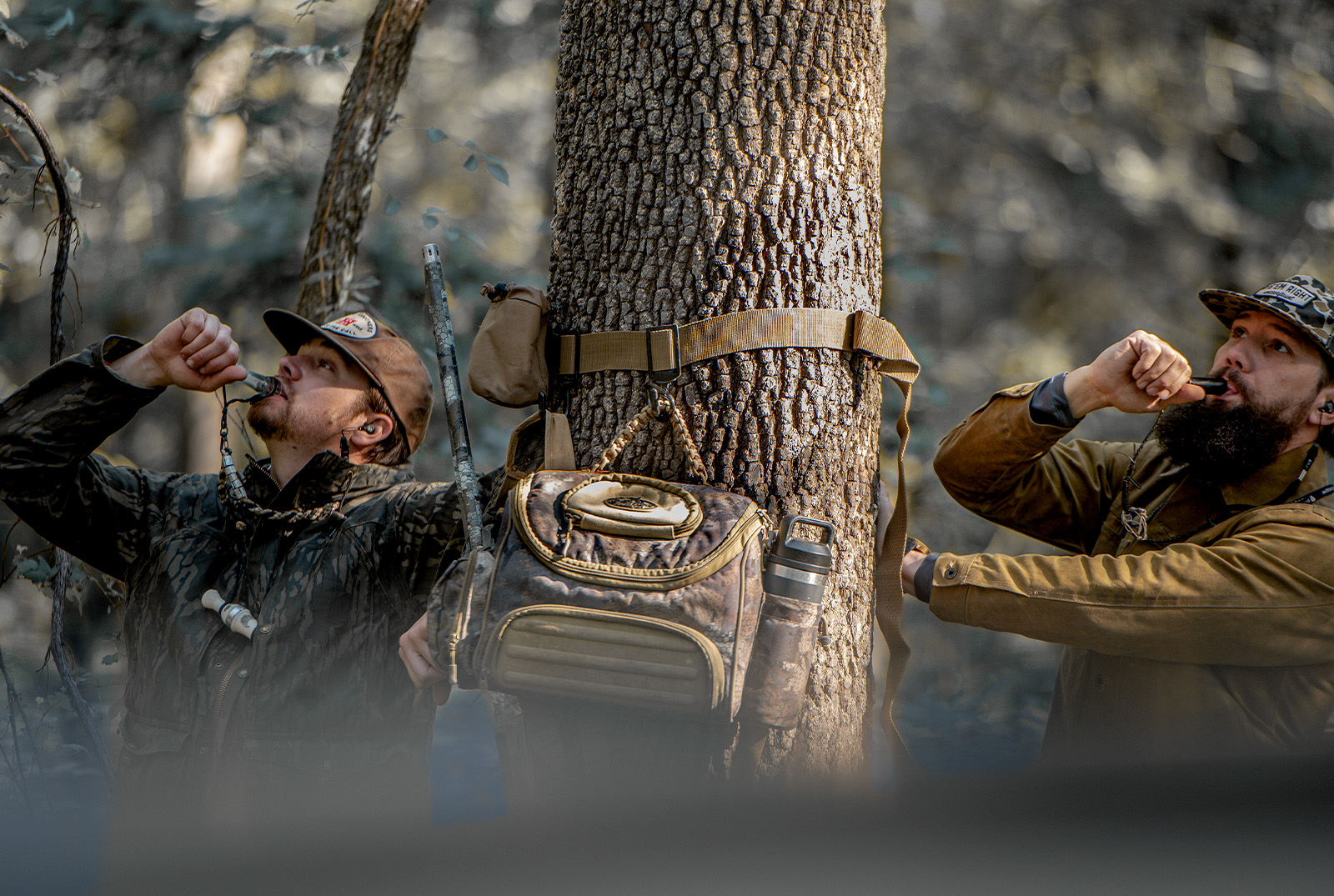
The Final Word
It’s shaping up to be a good waterfowl hunting year. The U.S. migration flyways will soon be lit up by millions of birds. We hope you got inspired by hearing from a few of our friends and how they approach duck season. Now dust off those duck calls and get practicing.